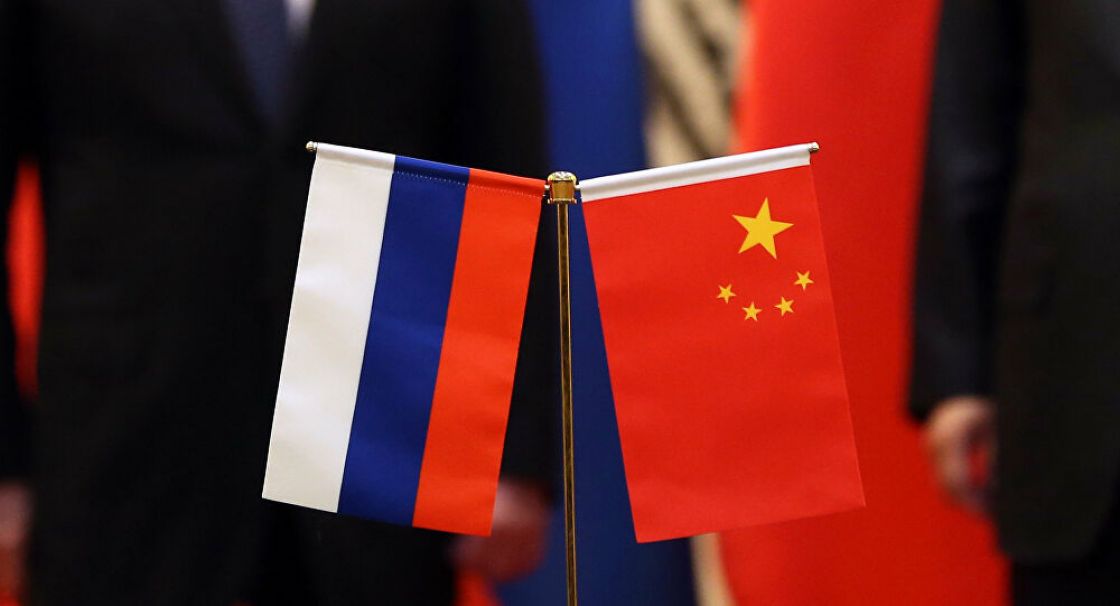- Articles
- Posted
Once Again: Regarding the Chinese-Russian “Contradiction”
Kassioun published in a previous issue, No. 1028, dated Monday, July 26, an article entitled: Regarding the Chinese-Russian “Contradiction” in Syria. Some statements and articles written on the subject over the past two weeks indicate that more can be said about the issue.
The aforementioned article had referred to two paradoxically contradictory examples, identical in a common analysis. The first example is the extremists within and around the regime, and the second is the former US Deputy Assistant Secretary of State for East Asia and Pacific Affairs, Peter Brooks.
The limits of agreement in the analysis are the invention of a contradiction between China and Russia over Syria, the center of that contradiction is the position on UNSC Resolution 2254. We explained in the same previous article that the lies thrown around about the Chinese position on the Syrian situation were all based on obscuring the words of the Chinese Foreign Minister, in which he explicitly referred to and stressed the need to implement Resolution 2254.
What we can add here, after we witnessed new fabrications in the same direction over the past two weeks, are the following things:
First: The most important intersection between China and Russia regarding Syria is that it is one of the countries through which the Belt and Road and the Eurasian project are to pass, and they are two complementary projects for which the two countries have strategically twinned.
Second: The two projects require a massive renaissance in the country’s infrastructure at various levels, which puts it on the threshold of real and serious industrialization and production, and consequently on the threshold of real economic independence from the West and the unequal exchange therewith that has governed the country and plundered it for many decades.
Third: It is axiomatic that projects of this magnitude cannot be realized without the availability of a prerequisite, which is political and social stability. Stability, in its various dimension, is not achievable in Syria in without a comprehensive political solution based on UNSC Resolution 2254; a solution that reunites the country and reduces Western influence within it to the maximum extent possible.
Fourth: Achieving major productive projects also requires a political structure other than the currently existing one. The existing structure is not only a corrupt one, but rather a structure that plays a specific functional role in the class sense. This role is to serve a specific class of financial capital that acts as a plundering broker for the West, plundering the country internally, taking its share and passing the rest towards the western centers. The process of empowering this class began several decades ago and accelerated after 2005 and the adoption of the so-called social market economy. This process included the destruction the public sector and making it lose, preventing the development of any heavy industry, leading to dealing a hit to all types of real production. This all means that this structure fundamentally contradicts the Belt and Road project and the Eurasian project.
Finally: The attempts made by extremists from the Syrian sides to exploit on the “Russian-Chinese contradiction” reflect the extent of misery that those have reached, especially in their attempts to spread and amplify illusions, not to sell them to people, but rather to try to thwart them. There are attempts being made to cover up the indications that have appeared and are appearing around the Russian-American consensus and the doors to a solution that consensus opens, and these attempts are being made by inventing a Russian-Chinese contradiction, and even relying on it to prevent and postpone the solution.



 Salma Abdullah
Salma Abdullah